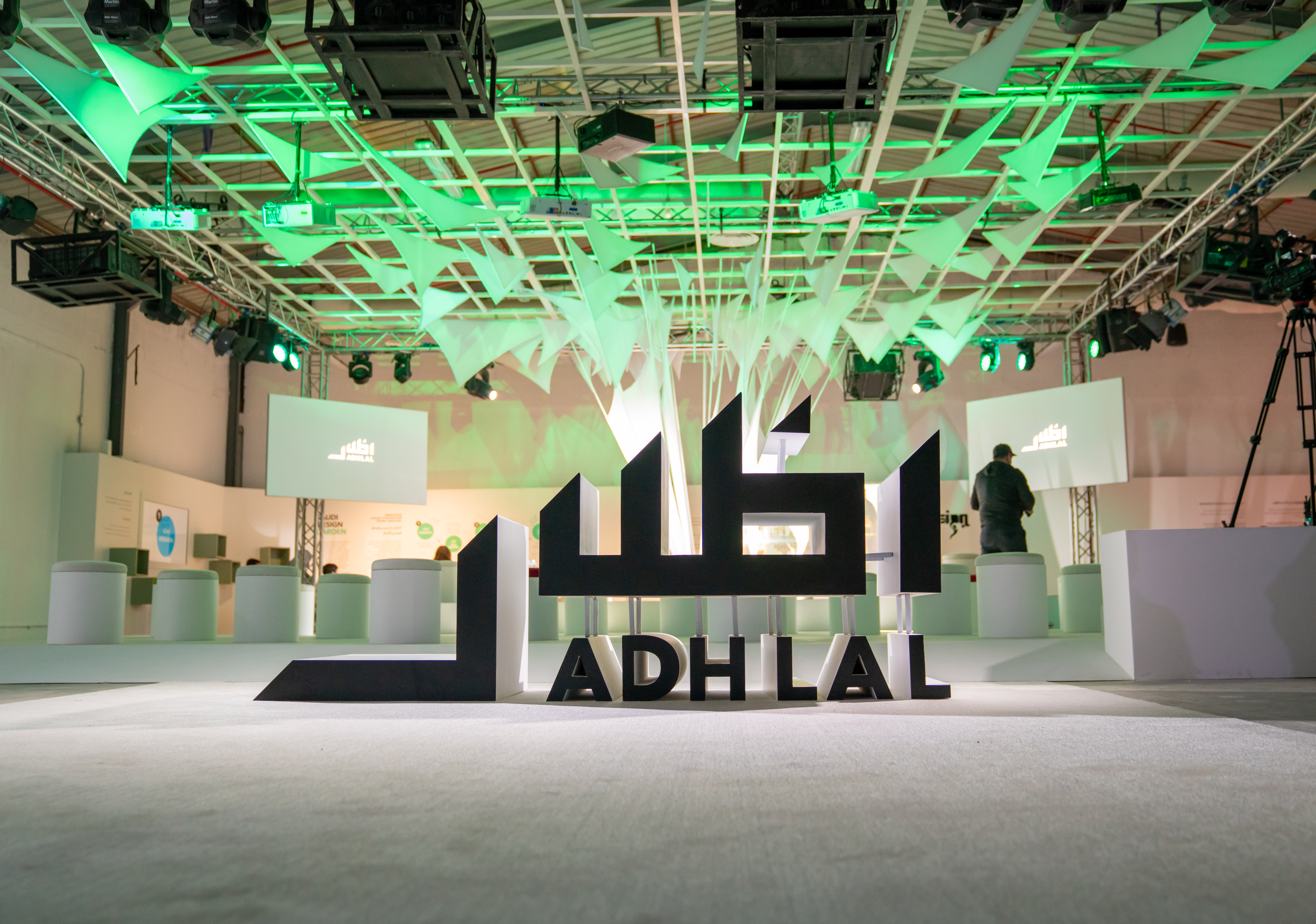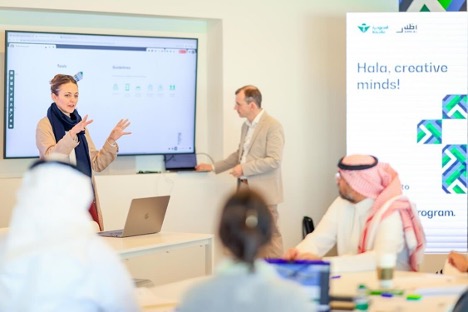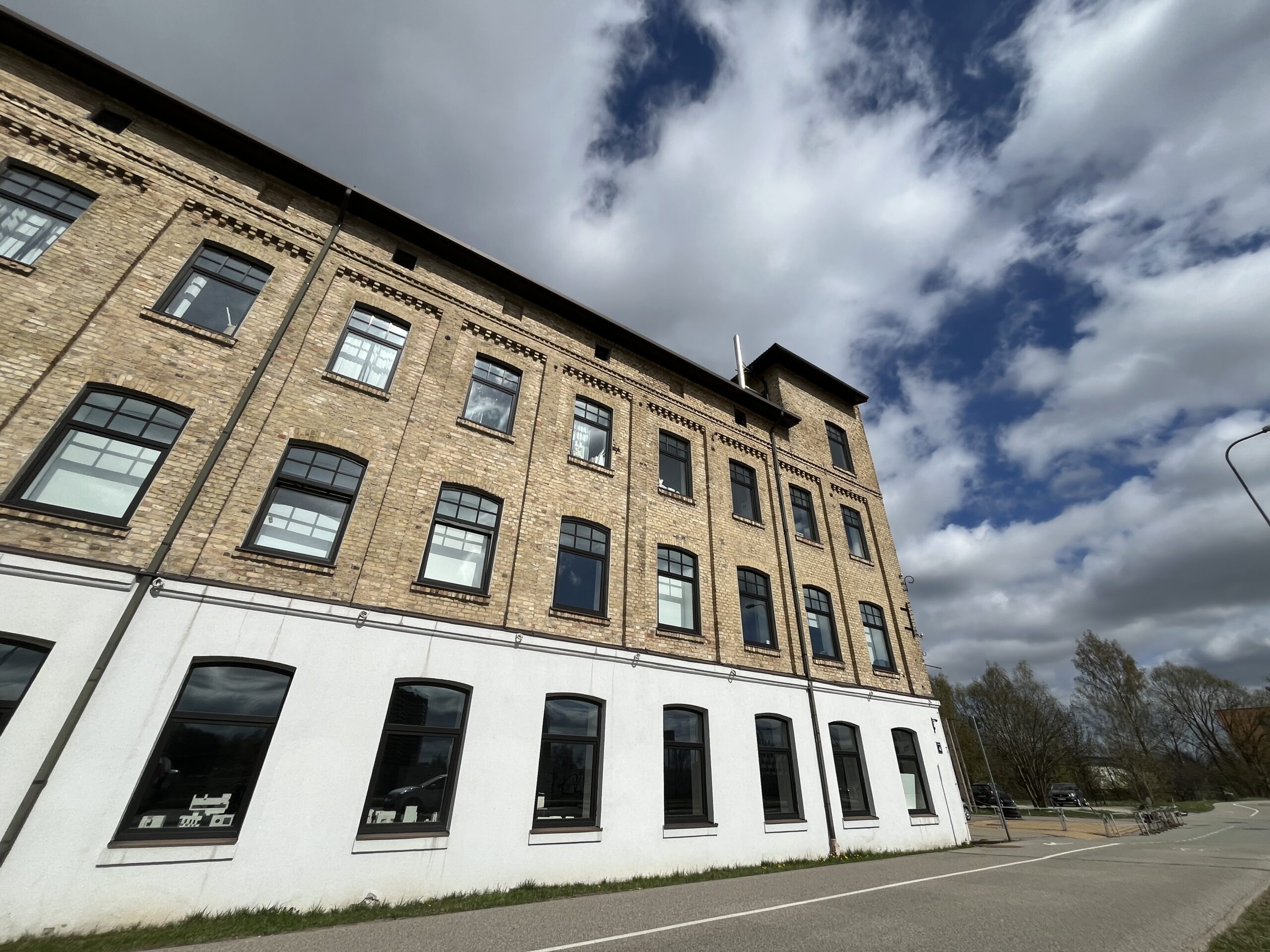Unveiling the Role of Design in Realizing Vision 2030 Goals
Saudi Arabia’s Leap into Design-Led Transformation
By: Jeroen Frumau
An event pivotal in exploring “how a progressive Saudi design ecosystem could impact the rapidly changing Saudi economy and society, how can Saudi design be relevant across the Kingdom and potentially globally?” Two years ago today, Adhlal made its public debut at the Saudi Design Festival in Riyadh’s JAX District. We hosted more than 35 sessions, with participants ranging from kindergarten children to highly experienced Saudi designers and educators.

This is the first in a series of blog posts exploring the dynamic and evolving design ecosystem in the Kingdom of Saudi Arabia. Our goal is to illuminate the evolving design landscape, the emergence of new talent and disciplines, and the growing impact of Saudi design. Through this series, we will present Adhlal’s refined Vision for Saudi Design, inspired by and extending beyond Vision 2030.
Vision 2030: A Blueprint for More
As Saudi Arabia advances toward Vision 2030, it is experiencing a transformative era. Design is evolving beyond aesthetic appeal to become a strategic driver for innovation and progress.
This ambitious blueprint signifies a paradigm shift in economic, cultural, and societal norms. It’s a comprehensive strategy to diversify the kingdom’s economy, reduce its oil dependence, and transform into a global investment powerhouse.
Central to this vision is the development of sectors like infrastructure, tourism, entertainment, healthcare, and education, creating numerous opportunities for the Saudi creative sector to drive change and progress.
Design for Diversification
The kingdom’s shift from a traditional oil-based economy to diverse sectors has increased the demand for innovative solutions. This includes architectural design for burgeoning cities and tourism projects, product design for new manufacturing initiatives, and digital design for the expanding tech sector.
- The growth in renewable energy, tourism, lifestyle, and entertainment sectors highlights the crucial role of design, ranging from branding and identity creation to sustainable products and services.
- Mega projects like NEOM or the Red Sea Project require extensive (local) designer involvement to ensure solutions are desirable, culturally sensitive, and environmentally sustainable.
- As Adhlal we experience established Saudi companies like Aramco and Saudia reaching out with a desire to raise of design awareness with current staff; seeking to involve design-trained and skilled professionals in innovating products, services, and customer experiences.
- With more opportunities emerging, diverse professional and the public show up at design learning or community events such as our own Majlis meetups, Ithra Academy Workshops, and Industry conferences (such as INDEX).
At NEOM, an increasing number of new design-specific job-titles and vacancies are promoted. With traditional roles as Director or Manager of Architecture – its vacancy portal actively searches for Design Director, Design Manager, Graphic Designer – for example to become part of a ‘dedicated’ THE LINE Design Team. In 2023, INDEX Saudi Arabia – the Kingdom’s premier interior design, furniture and fit-out trade event – featured and large number of local designers, offered the stage for diverse Design Talks and hosted various Design Community gatherings.
Design for Public-Sector Transformation
Saudi Arabia’s public sector modernization offers unique opportunities for the design industry, particularly in enhancing user experience in data-heavy and digital government services and creating new public spaces and infrastructure. With ambitious roadmaps for transformation, designers and design researchers can provide a human-centered perspective in relevant policymaking. As Adhlal we observe:
- More designers and artists being appointed across ministries and governmental initiatives, unlocking the Kingdom’s unique cultural and creative potential.
- A growing desire within a diverse Saudi design community to contribute to industry but also the government collaborations by Adhlal.
Design of Future Talent
Beyond industry and government, there’s a focus on stimulating creativity and future-oriented skill sets in education to empower today’s youth and tomorrow’s innovators. Enhancing local design talent aligns with the vision’s goal of establishing the kingdom as a hub of innovation and creativity.
- While traditionally, those interested in design sought education abroad, Adhlal research shows an expansion of local academic design programs.
- There is an increased demand for experienced educators, and international curriculum collaborations to ensure quality education.
- Also, more Saudi designers are engaging in local teaching and mentoring, inspiring and demonstrating design career potential to the youth.
Throughout Saudia Arabia the number of Academic design programs is increases or curricula are being enhanced. Recently we published a blog post with an overview of Riyadh based universities, soon other cities will be featured
Design for Female Empowerment
Saudi Vision 2030’s progressive stance on women’s empowerment is transformative for the design industry and provides female designers to exercise design and creativity beyond their passion and make it their profession.
- Female fashion designers outnumber their male peers as demonstrated during the inaugural edition of the Riyadh Fashion Week late 2023.
- We see a further increase in women, including those foreign-trained and experienced, in various design disciplines pursuing entrepreneurial endeavors, or significantly contributing to the industry otherwise.
- Others have or take on strategic positions in for example the Ministry of Culture, various Royal Commissions, or Culture-rich institutes (see examples).
Riyadh Fashion Week – Meet the Designers
Riyadh Fashion Week 2023 showcased a diverse array of exceptionally talented many female designers who are poised to leave their mark on the fashion landscape.
Examples of ‘Leading women design’ in a diverse range of organizations are (in no order or priority and of course missing out many more) Sara Al-Sowayegh (Country Communications and Interior Design Manager for IKEA Saudi Arabia and Bahrain), Dr. Someya Al-Solaiman (CEO of MOC’s Architecture & Design Commission), or Nora Aldabal (Executive Director of Arts and Creative Industries at the Royal Commission for Al Ula). All of them are very engaged in driving art, architecture, and design(ers) to next levels within the Kingdom of Saudi Arabia.
Design for Sustainable Futures
Finally, to innovate and benefit from an enhanced quality of life, besides sports, tourism, and entertainment – the emphasis on sustainable development in Vision 2030 opens doors for sustainable and environmental design. From green architecture, sustainable urban planning, and eco-friendly product design, Saudi design is aligning with the global shift towards environmentally conscious practices.
- Adhlal is collaborating with Saudia Airlines to establish a multi-year design awareness and transformation program, also featuring sustainability-oriented challenges creating opportunities for a variety of designers to engage in.
- The Fashion Commission educates its 100Brands Program participants on design for customer appeal as well as sustainable fashion practices.
- Designathons by the Ministry of Culture challenge the design participants on the long-term and sustainability challenges of a society,
economy, and a planet in transition.
Saudia Design Program: Jeddah, December 2023 – Adhlal co-hosted the first Saudia Desigathon. Thirty local designers were selected from 100+ enrollments and they were invited to generate creative, brand aligned and scalable idea for repurpose redundant crew-uniforms. A first initiative in a series of exploring brand-repurposing opportunities.
MOC Designathon: Riyadh, 2023, 2024 – the Ministry of Culture, hosted by the Architecture & Design Commission invited 500 designers for a 3-day design hackathon event in Riyadh. In teams, participants were invited to explore, design and prototype and pitch idea for mainly social and ecological sustainability challenges.
Conclusion
Vision 2030 serves as a roadmap for economic and social transformation in Saudi Arabia, acting as a catalyst for the growth and evolution of the design industry. At Adhlal we believe that by leveraging these opportunities, the design sector can significantly impact and benefit from Saudi Arabia’s transformation.
Stay tuned for our next post, where we explore ‘design as a tool for transformation in society and business’. Join the conversation and help us envision a sustainable design ecosystem.



